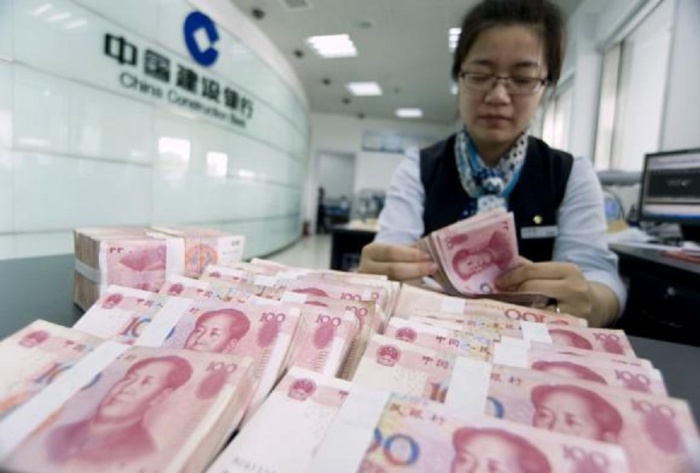China Is Now the World's Largest Economy Based on Purchasing Power Parity, Says the IMF

After years of the United States wearing the coveted crown China is now ranked the world's largest economy based on purchasing power parity, according to recent GDP data released by the International Monetary Fund.
The IMF explains the purchasing power parity measure it used to estimate the new figures here.
According the IMF, the purchasing power parity measure is a type of cross-country comparison that looks beyond the nominal value of money and focuses more on what you can actually get for it. So for example, if a hamburger is sold in London for £2 and in New York for $4, it would suggest a PPP exchange rate of one pound to two U.S. dollars.
"This PPP exchange rate may well be different from that prevailing in financial markets (so that the actual dollar cost of a hamburger in London may be either more or less than the $4 it sells for in New York)," explained the IMF.
"This type of cross-country comparison is the basis for the well-known 'Big Mac' index, which is published by the Economist magazine and calculates PPP exchange rates based on the McDonald's sandwich that sells in nearly identical form in many countries around the world," it continued.
The new figures show China's economy with a total GDP of $17.6 trillion in 2014, just ahead of the U.S. with a GDP of $17.4 trillion.
David Hensley, JPMorgan Chase & Co.'s director of global economic coordination in New York, dismissed the measure in a Bloomberg News report Wednesday and insisted that the U.S. is still the king of economies.
"The U.S. remains the biggest by the more common, more widely accepted (market-exchange) and in our view, more useful measure," he said.
Speaking about the PPP measure, Hensley argued, "It's not quite the real thing."
He explained that the PPP doesn't truly reflect how the U.S. and China really stack up against each other.
A Business Insider report explains that in raw terms, China still lags behind the U.S.: "It's not all sour news for the U.S. It'll be some time yet until the lines cross over in raw terms, not adjusted for purchasing power. By that measure, China still sits more than $6.5 trillion lower than the U.S. and isn't likely to overtake for quite some time."
By looking at a PPP comparison, particularly for developing nations, "you really exaggerate the importance of these economies," said Hensley. The PPP comparison, he explained, misses the command that each economy has over the world's resources as well as its influence on global activity.
"Emerging market economies had their day in the sun in the 2000s, and China was the epitome of those go-go days," added Hensley.
At the time, he emphasized, "Developed economies by comparison looked pretty stodgy. The view we encounter now is a more sobering reassessment. … The U.S. has cleaned up its act. China still has a lot of work to do."




























